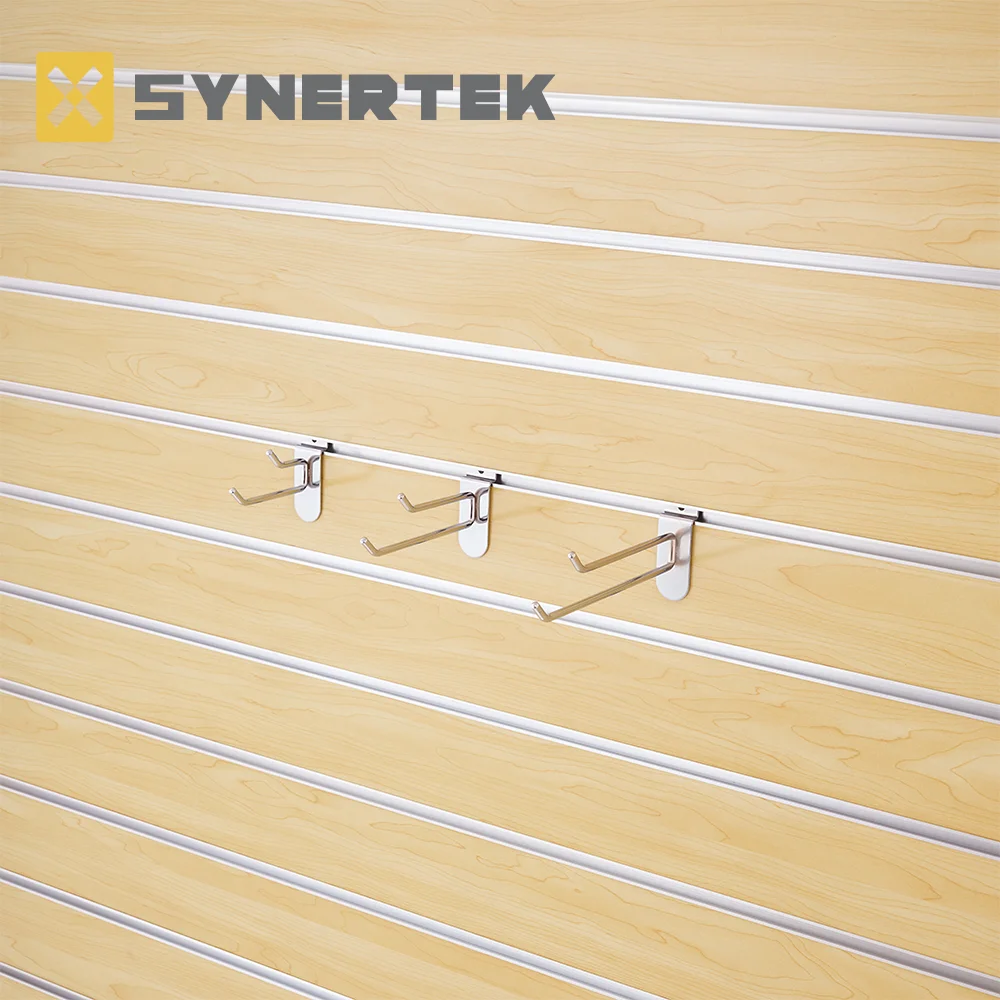When it comes to home improvement, painting is one of the most transformative projects you can undertake. While many homeowners focus on the walls, the ceiling often gets overlooked. However, a well-painted ceiling can elevate the entire room, adding depth and character. But how do you paint a ceiling without inadvertently splattering or staining the walls? In this article, we will explore the techniques, tools, and best practices to achieve a flawless ceiling finish while keeping your walls pristine.
Understanding the Importance of Ceiling Painting
Before diving into the practical aspects, it’s essential to understand why ceiling painting is crucial. A freshly painted ceiling can:
- Enhance Room Aesthetics: A clean, well-painted ceiling can make a room feel larger and brighter.
- Conceal Imperfections: Painting can hide minor imperfections and stains that accumulate over time.
- Set the Mood: The color of your ceiling can influence the overall ambiance of the space, whether you opt for a calming white or a bold hue.
Preparing for the Project
Preparation is key to a successful painting project. Here’s how to get started:
- Gather Your Tools and Materials
To paint a ceiling effectively, you’ll need the following tools:
- Paint: Choose a high-quality ceiling paint that is specifically designed for ceilings. These paints are often flat or matte to minimize glare.
- Paint Roller: A roller with a long handle will help you reach high areas without the need for a ladder.
- Extension Pole: This will allow you to extend your reach and paint the ceiling more comfortably.
- Paintbrush: A high-quality angled brush is essential for cutting in around the edges.
- Drop Cloths: Protect your floors and furniture from paint drips and spills.
- Painter’s Tape: This will help you create clean lines where the ceiling meets the walls.
- Prepare the Room
Before you start painting, take the time to prepare the room:
- Remove Furniture: If possible, move furniture out of the room. If not, cover it with drop cloths.
- Clean the Ceiling: Dust and cobwebs can affect paint adhesion. Use a broom or a vacuum with a brush attachment to clean the ceiling.
- Repair Any Damage: Fill in cracks or holes with spackle and sand them smooth once dry.
The Painting Process
Now that you’re prepared, it’s time to paint the ceiling without affecting the walls. Here’s a step-by-step guide:
- Tape the Edges
Using painter’s tape, carefully tape along the edges where the ceiling meets the walls. This will create a barrier that prevents paint from bleeding onto the walls. Ensure the tape is pressed down firmly to avoid any paint seeping underneath.
- Cut In Around the Edges
Using your angled brush, cut in around the edges of the ceiling. This involves painting a narrow strip along the taped edge. Take your time to ensure a clean line, as this will set the foundation for the rest of your painting.
- Use the Roller
Once the edges are cut in, it’s time to use the roller. Dip the roller into the paint tray, ensuring it’s evenly coated but not dripping. Start rolling the paint onto the ceiling in a W or M pattern, which helps distribute the paint evenly. Work in small sections, blending each section into the next to avoid visible lines.
- Apply Additional Coats
Depending on the color and type of paint, you may need to apply a second or even third coat. Allow each coat to dry completely before applying the next. This will ensure a smooth, even finish.
Final Touches
Once the ceiling is painted and dry, carefully remove the painter’s tape while the paint is still slightly tacky. This will help prevent the paint from peeling off with the tape. Touch up any areas where the paint may have bled onto the walls.
Conclusion
Painting a ceiling without affecting the walls may seem daunting, but with the right preparation and techniques, it can be a straightforward process. By following the steps outlined in this guide, you can achieve a professional-looking finish that enhances your space. Remember, the key to a successful ceiling paint job lies in meticulous preparation, the right tools, and a steady hand. Happy painting!






+ There are no comments
Add yours